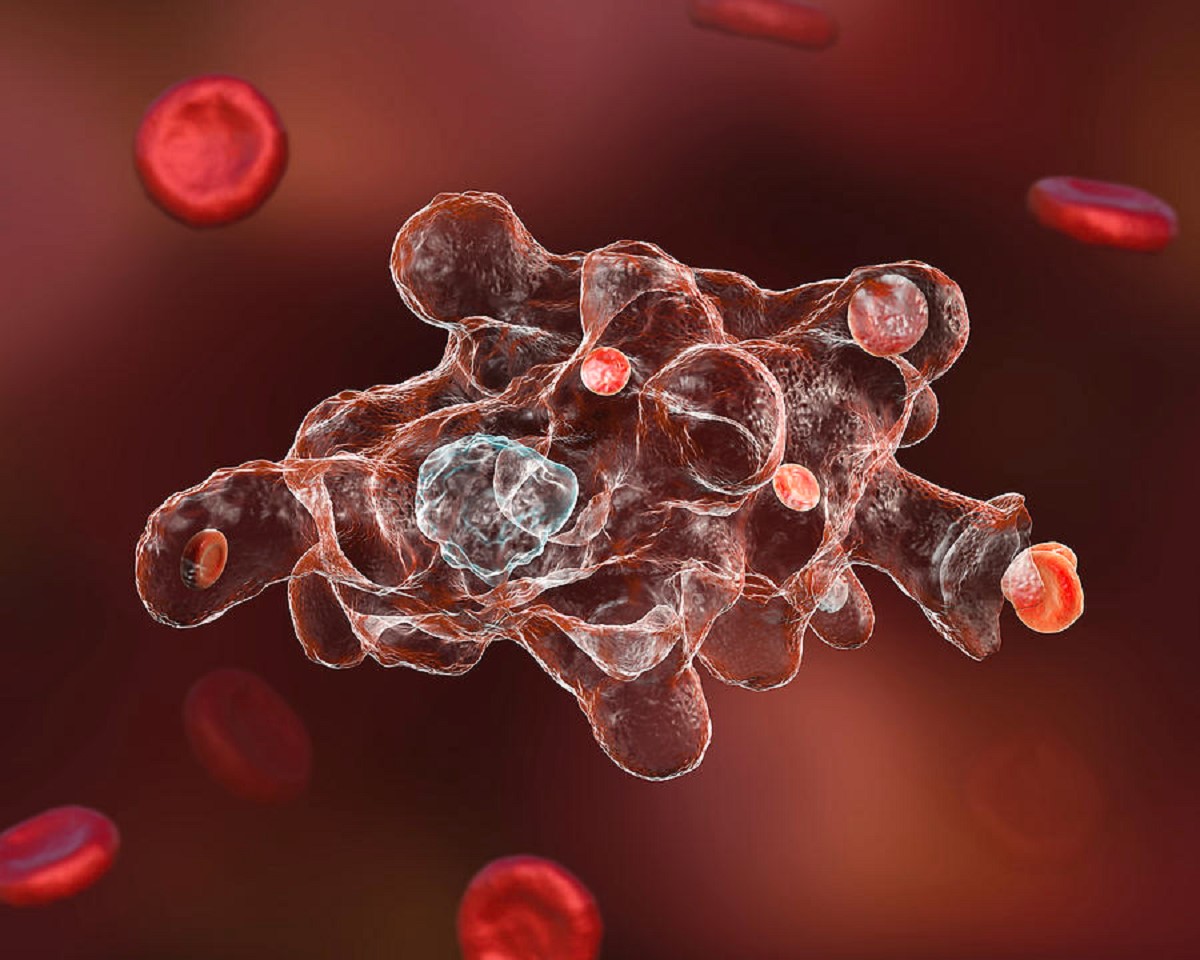KEY TAKEAWAYS
- The study aimed to investigate the prognostic impact of sequential 18F-FDG PET/CT during frontline chemotherapy in patients with PTCLs.
- Researchers noticed that interim PET/CT response and baseline TMTV were significant predictors of disease progression and survival outcomes in PTCL patients.
The prognostic significance of 18F-fluorodeoxyglucose (FDG)-positron emission tomography-computed tomography (PET/CT) in peripheral T-cell lymphomas (PTCLs) is a subject of debate within the medical community.
Ga-Young Song and the team aimed to assess the prognostic impact of sequential 18F-FDG PET/CT scans administered during frontline chemotherapy in patients diagnosed with PTCLs.
Researchers performed an inclusive analysis involving 143 patients newly diagnosed with PTCLs. Sequential 18F-FDG PET/CT scans were conducted at the time of diagnosis, during chemotherapy, and at the end of chemotherapy. The baseline total metabolic tumor volume (TMTV) was calculated using the standard uptake value with a threshold method of 2.5.
About the baseline TMTV, patients were categorized into high and low TMTV groups using a baseline TMTV of 457.0 cm3. Those with a high TMTV experienced shorter progression-free survival (PFS) and overall survival (OS) compared to those with a low TMTV (PFS, 9.8 vs. 26.5 mo, P = 0.043; OS, 18.9 vs. 71.2 mo, P = 0.004). The interim 18F-FDG PET/CT response score, categorized as 1, 2-3, and 4-5 according to the Deauville criteria, demonstrated significant differences in PFS and OS (PFS, 120.7 vs. 34.1 vs. 5.1 mo, P < 0.001; OS, not reached vs. 61.1 mo vs. 12.1 mo, P < 0.001).
The study concluded that the interim PET/CT response, assessed visually, effectively predicts disease progression and survival outcomes in PTCLs. Additionally, a high baseline TMTV correlates with a poor response to anthracycline-based chemotherapy in PTCLs. However, TMTV did not emerge as an independent predictor for PFS in the multivariate analysis.
This study was supported by the Korea Health Technology R&D Project through the Korea Health Industry Development Institute (KHIDI) and was funded by the Ministry of Health & Welfare, Republic of Korea, and the Chonnam National University Hwasun Hospital Research Institute of Clinical Medicine.
Source: https://pubmed.ncbi.nlm.nih.gov/38268194/
Song GY, Jung SH, Ahn SY, et al. (2024). “Prognostic Significance Of Sequential 18f-fdg Pet/Ct During Frontline Treatment Of Peripheral T Cell Lymphomas.” Korean J Intern Med. 2024 Mar;39(2):327-337. doi: 10.3904/kjim.2023.323. Epub 2024 Jan 25. PMID: 38268194; PMCID: PMC10918377.



